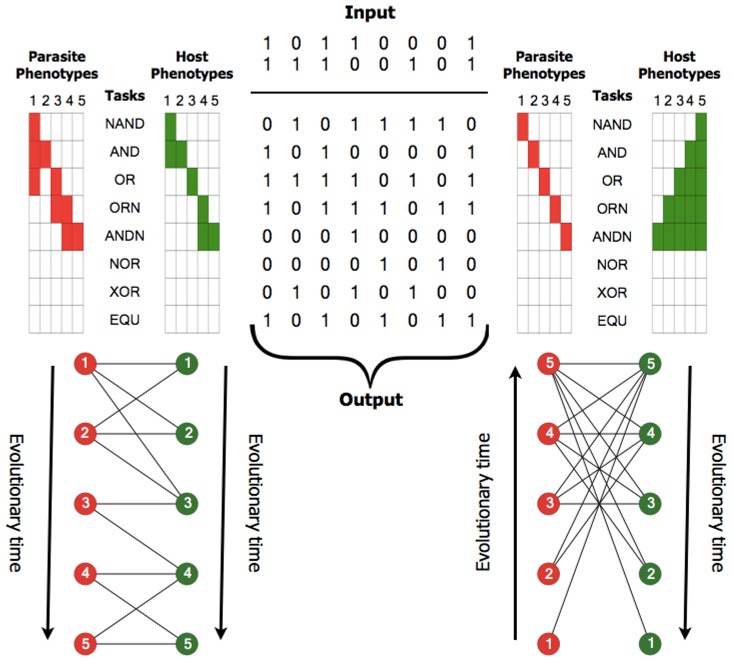Figure 3. Logical computations, i.e., tasks, partially define phenotypes, and phenotypic matching leads to ecological interactions.
Digital organisms process binary numbers taken from the environment using the instructions that constitute their genomes. When the output of processing those numbers equals the result of applying a logic function, the digital organism is said to have performed that task. The combination of tasks performed by a digital organism partially defines its phenotype. The center of the figure depicts the output of applying eight logical operators (tasks) on the two input numbers above. On the left and right, five hypothetical host (green) and parasite (red) phenotypes are represented as columns (on the top) and as circles (below). On the top, each column depicts a phenotype and each row represents a task. Tasks performed by each phenotype are filled. In the lower part, the interaction networks between hosts and parasites are illustrated, which result from phenotypic matching: a parasite infects a host (indicated by a line) if it performs at least one task that is also performed by the host. Inset numbers indicate the identity of phenotypes represented on the top. Arrows represent the temporal direction of the coevolutionary process: from the earliest phenotype to the most recent one. The order of tasks (from top to bottom) indicates the time needed for a digital organism to perform that task over the course of the evolutionary trajectory. Depending on the pattern of tasks performed by the digital organisms, a modular (left) or nested (right) interaction network can emerge.

